Virtual Twin Technology

Virtual twin technology represents software that replicates physical machines enabling remote control and operation.
Virtual twinning enables a cyber object to replicate a real thing in both form and function, allowing control of real things (e.g. things in the real world such as a piece of equipment) by manipulating virtual objects in a software-constructed world.
The three primary scenarios for virtual twin technology include:
- IoT Virtual-to-Real (V2R): Scenario in which virtual objects that can be provisioned and administered to interface with real objects, which will be necessary for many purposes, including monitoring and control.
- IoT Real-to-Virtual (R2V): Scenario in which real-objects provide feedback, alerts, and even control of virtual objects (software programs via Software Defined Networks) and platforms (hardware and software put in place to orchestrate IoT networks and assets).
- IoT Virtual-to-Virtual (V2V): Scenario in which virtual objects are involved in simulation and testing for IoT networks, including end-nodes and assets. IoT is new, and potentially dangerous (e.g. control and security issues), necessitating platforms for IoT V2V.
The above scenarios will be employed singularly and in combination across different industry verticals in accordance with their overall IoT operational readiness as well as physical-to-cyber integration on a product-by-product and/or service-by-service basis.
IoT enabled virtual twin technology will facilitate dramatic changes in a wide range of consumer, enterprise, and industrial products and services. Impacted areas cover a wide range including everything from marketing and advertising to operations and product lifecycle management.
Digital twin solutions can be leveraged for many purposes ranging from design and simulations for production to observation and control in an operational environment. Digital twin systems also rely upon Artificial Intelligence (AI) for machine-based learning, analytics, and other AI based, data oriented processes.
Accordingly, digital twin solutions are a good example of the power of the Artificial Intelligence of Things (AIoT) as they leverage the convergence of AI and IoT. The AIoT market has the potential to dramatically accelerate the benefits of digital transformation for consumer, enterprise, industrial, and government market segments.
Mind Commerce IoT reports covering virtual twin technology include:
- Internet of Things (IoT) Digital Twinning: Market Outlook for IoT enabled Physical to Virtual Mapping and Management
- Next Generation Industrial Marketplace: Teleoperation, Connected Manufacturing, and Digital Twin Solutions
- Physical and Cyber Industrial Convergence: AI, Cloud Robotics, Industrial IoT, and Virtual Twinning
Real-time Machine Data
 While monitoring and controlling assets is a very important aspect of IoT, Mind Commerce sees data derived from IoT operations as perhaps the most value to be gained by enterprise and industrial organizations.
While monitoring and controlling assets is a very important aspect of IoT, Mind Commerce sees data derived from IoT operations as perhaps the most value to be gained by enterprise and industrial organizations.
IoT will create enormous amounts of data, most of which will be unstructured and thus requiring big data analytics solutions for processing and ultimately facilitating improved decision making. With the implementation of computing at the edge (known as Fog Computing or Mobile Edge Computing for cellular networks), there will be the opportunity to leverage data in real-time.
Centralized computing (on premise or in the cloud) will remain important, but edge computing allows for improvements in data context (as it is localized) and freshness (as data processing may occur closer to its origination), thus providing greater relevancy and improved action-taking opportunities.
To process data in real-time at the edge, multiple technologies will be leveraged including big data tools and techniques, data analytics, and various artificial intelligence solutions. Mind Commerce covers each of these elements in its IoT reports involving data management, real-time data, and technology convergence including the following:
- Real-time IoT Data in Smart Cities, Buildings, and Homes
- Internet of Things Architecture and Infrastructure: IoT Databases, APIs, Software, and Data Services
- Internet of Things Architecture and Infrastructure: IoT Databases, APIs, Software, and Data Services
- Artificial Intelligence in Big Data Analytics and IoT: Market for Data Capture, Information and Decision Support Services
IoT Infrastructure
There are many different physical and functional infrastructure components involved in deploying and operating IoT networks and systems. The below sections cover a few of the more important areas to consider including IoT platforms, IoT data management infrastructure, and data orchestration/mediation infrastructure.
Mind Commerce IoT reports focused on infrastructure include:
- Multi-access Edge Computing (MEC): Market Outlook and Forecasts
- Internet of Things (IoT) Infrastructure: Market for IoT Platforms, Hardware, and Software
- Internet of Things Architecture and Infrastructure: IoT Databases, APIs, Software, and Data Services
- Internet of Things API Marketplace: IoT API Use Cases, Solutions, Market Outlook and Forecasts
- IoT Market by Infrastructure (Platforms, Hardware, and Software), Applications in Industry Verticals, Devices, and Sensors
IoT Platforms
An important component of IoT infrastructure, IoT platforms provide operations support functions such as IoT application enablement and device administration. A more complete, but non-exhaustive, list of IoT platform functions includes:
- IoT App Management
- IoT Device Management
- IoT Data Management
- IoT Identity Management
- IoT Access Management
- IoT Connectivity Management
- Permissions Control for all the above
Similar to other ICT infrastructure components, IoT platforms consist of software, hardware, and middleware. Some IoT platforms are purpose-specific in design and operation. Longer term, Mind Commerce sees the use of more general purpose IoT platforms that handle a multitude of required operational functions.
IoT Data Management Infrastructure
One of the important IoT functions is the continuous collection, utilization, and sharing of data about users and for users. IoT data users may be communication service providers, consumers, and/or enterprise clients.
Data storage/management is a key aspect of IoT because there will be vast amounts of data generated and harvested from enumerable IoT processes, many of which are autonomous.
Internet of Things metadata is data about IoT data – it describes and places Things into context…
IoT metadata describes, defines, and places into context IoT data sets. For example, there is a need for data necessary to identify, authenticate, and authorize data exchange between entities.
A specific example could be data gathered by a sensor, which can be made available to a variety of different consuming entities. Not all of the entities are entitled to the data. Therefore, the entities must be identified, authenticated (e.g. proven to be genuine), and authorized (proven to be allowed to obtain the data).
Mind Commerce also sees an emerging IoT Network Topology that incorporates many different databases, each with different roles, and many inter-dependent upon one another. Different entities within the IoT value chain will need to access data contained within these databases for a variety of purposes such as IoT device identity management and many other important functions.
However, accessing blocks of data, and/or using data elements within these databases, will be a great challenge because IoT data elements are often owned and controlled by many different parties, each of which maintain their own means of storing and encoding data. In addition IoT data owners/managers will have different business relationships with one another with varying degrees of trust. There will be a need for managing database access control that does not comprise the need for exchanging data in the most flexible and efficient means possible.
To help solve access control issues, there will be a need for authentication and authorization procedures to be managed in a manner that does not impede communications within the IoT ecosystem. Mind Commerce recommends leveraging IoT Application Programmer Interfaces (APIs) to facilitate an efficient means of supporting IoT data requests. Leveraging IoT APIs will also be an important approach to provide a programmatic and reproducible means for development of IoT data-dependent applications and services.
Mind Commerce also sees additional complications arising in the future due to the need to integrate IoT data from many data locations, types, formats, and purposes. Again, the use of IoT APIs will be important, as well as leveraging IoT metadata to simultaneously inform IoT data owners/managers and users regarding key elements, such as original source of data and indication of data status such as raw data versus processed data (e.g. transformed from its original form).
IoT Data Orchestration and Mediation Infrastructure
Orchestration is essential to many aspects of ICT infrastructure including service-oriented architecture planning, virtualization, provisioning, and converged infrastructure operation.
Orchestration is required for IoT in terms of systems, devices, applications, and services. For example, service orchestration (identification of objects/devices required for a service by a user) is important for efficient operation and seamless performance from the user’s perspective.
Mediation refers to the need for resolving communications and requests between entities within the IoT ecosystem. Mediation in IoT takes orchestration to the next level as intervention occurs between trusted and non-trusted IoT network and device entities. Non-trusted entities require IoT mediation to verify identity (authenticate), determine permissions (authorization), and account for interactions (keep a log of what has occurred).
Orchestration and mediation are both critically important IoT infrastructure functions in support of the long-term scalability for IoT networks and systems. Two technologies that are anticipated to support the evolution of these functions are AI and Blockchain.
IoT and 5G
 The Fifth Generation (5G) of cellular communications introduces a new standard for communications. While a portion of this standard is concerned with new radio capabilities utilizing millimeter wave RF propagation, 5G also introduces new capabilities for IoT.
The Fifth Generation (5G) of cellular communications introduces a new standard for communications. While a portion of this standard is concerned with new radio capabilities utilizing millimeter wave RF propagation, 5G also introduces new capabilities for IoT.
In addition, 5G allows cellular carriers to compete against non-cellular low power WAN alternatives that have made great progress in terms of commercial deployments. For example, 5G will allow IoT networks to provide much higher capacity and thereby facilitate massive expansion of IoT systems, devices, and applications.
Mind Commerce sees a high willingness to pay across many industry verticals for faster data speeds, enhanced flexibility, and improved capabilities associated with 5G based IoT.
The IoT report, 5G Technology and Solutions for IoT: Ecosystem Analysis, Market Outlook, and Forecasts, evaluates the technologies, solutions, business opportunities and market outlook associated with IoT over 5G networks.




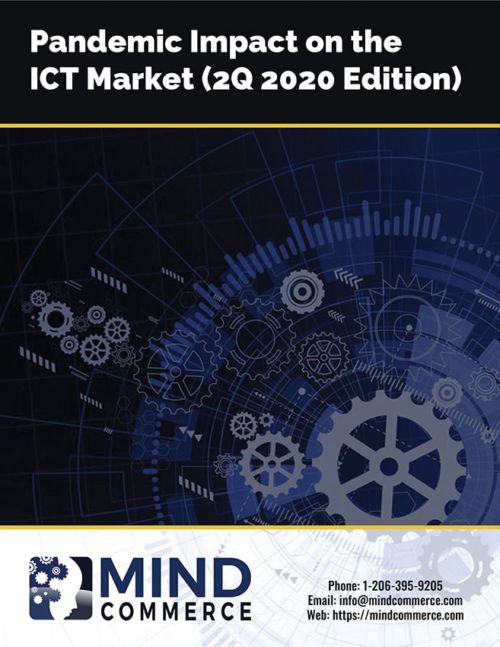
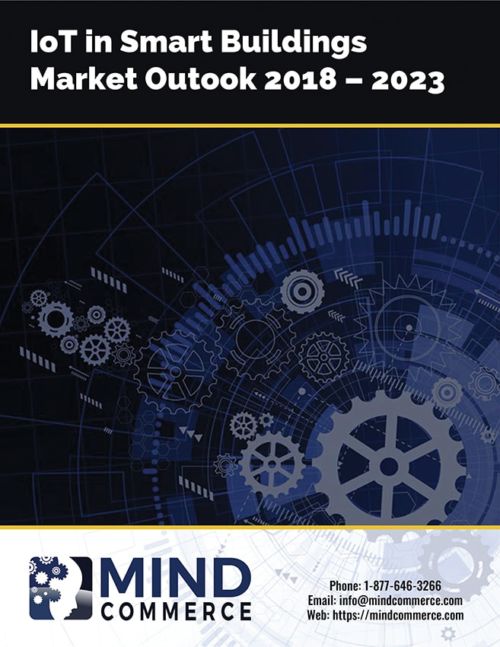
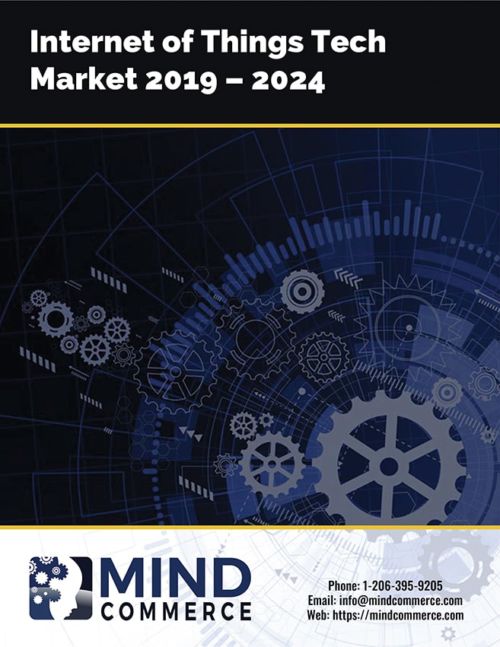
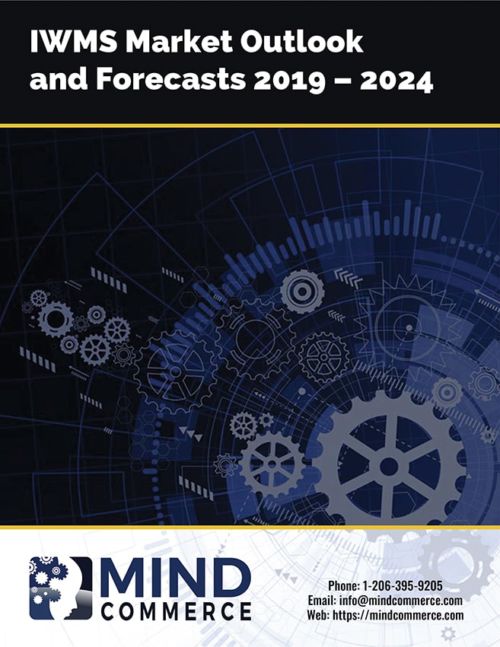

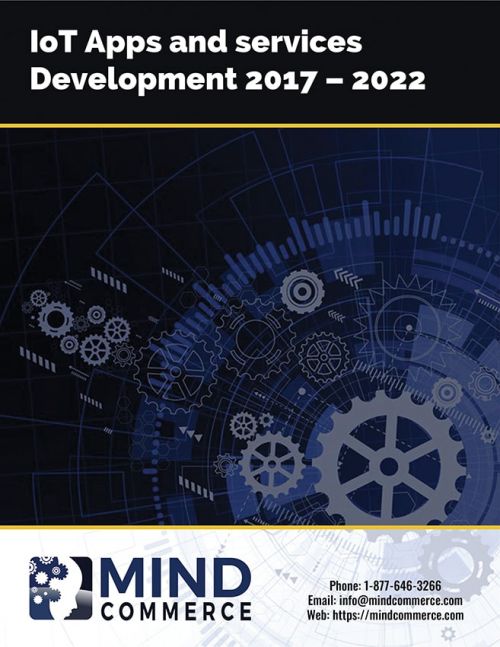
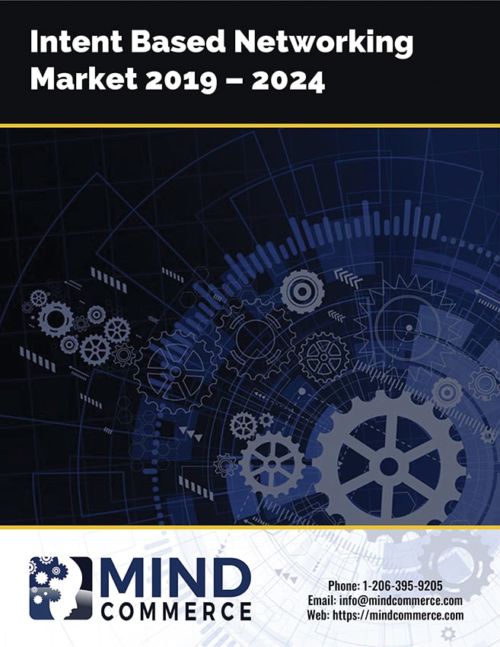

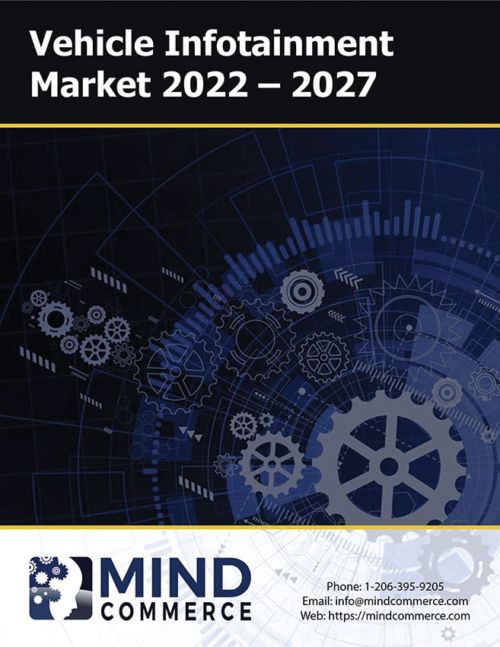
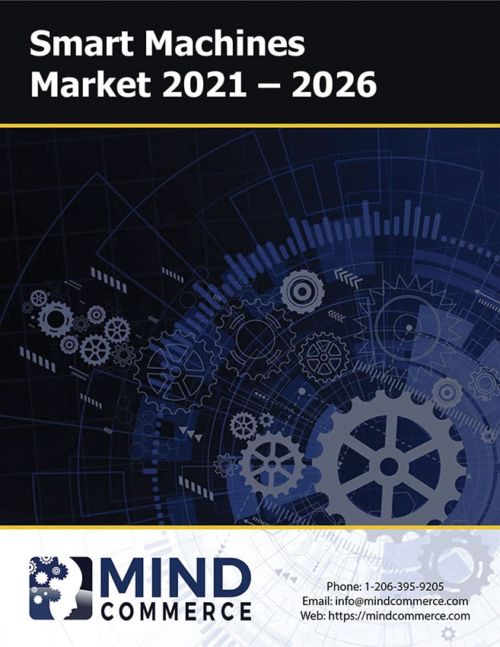
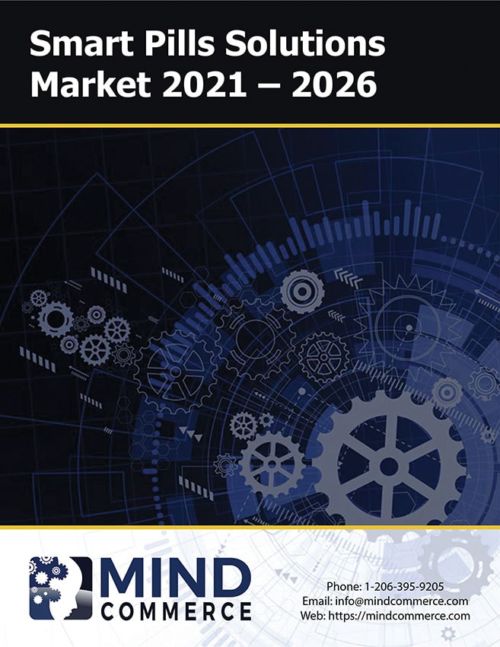
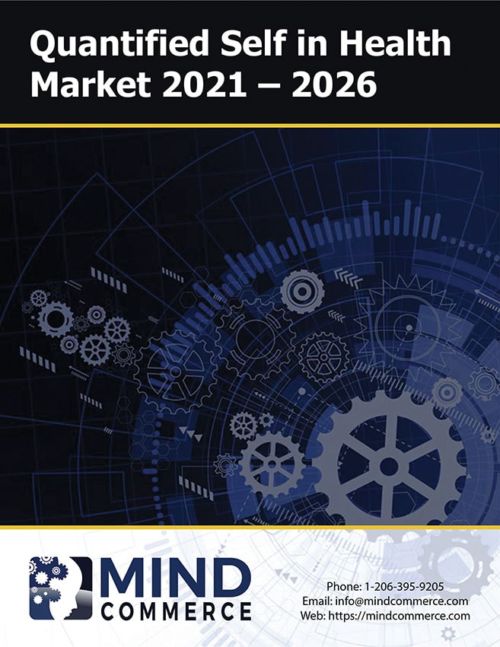
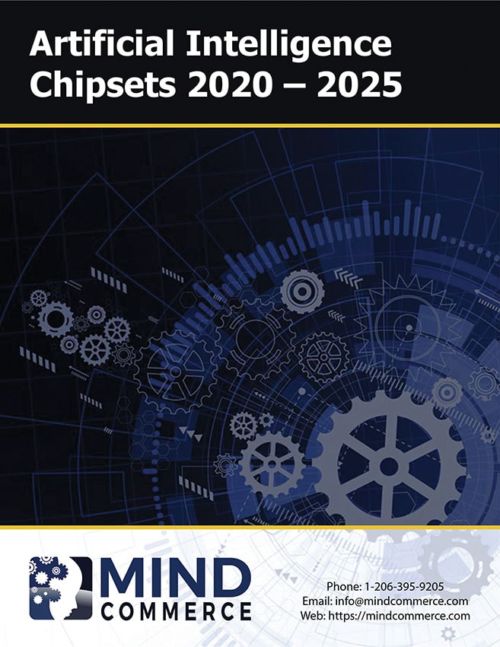

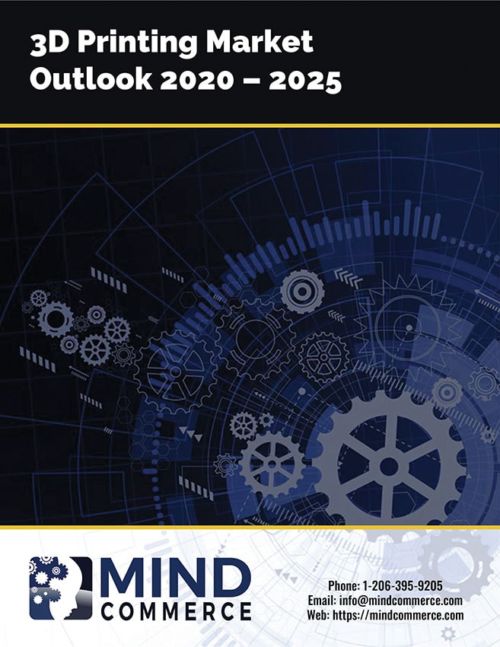
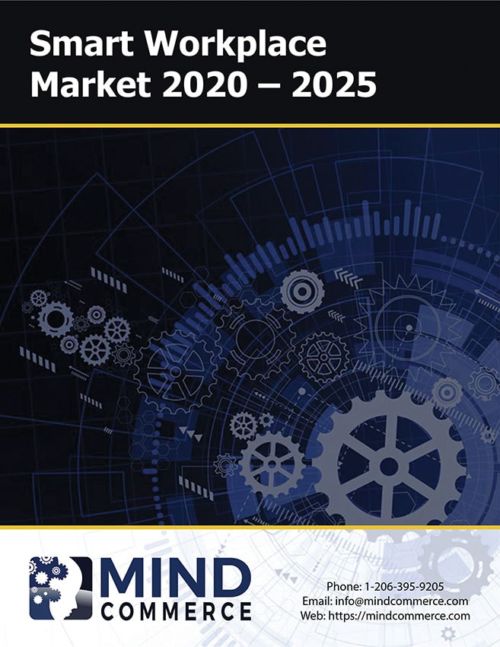
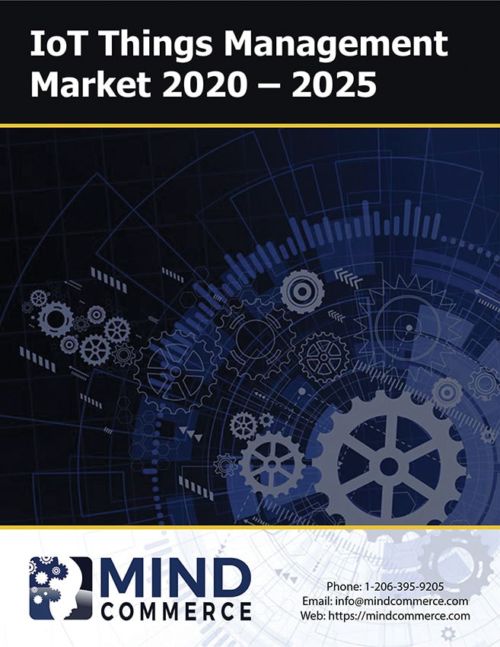
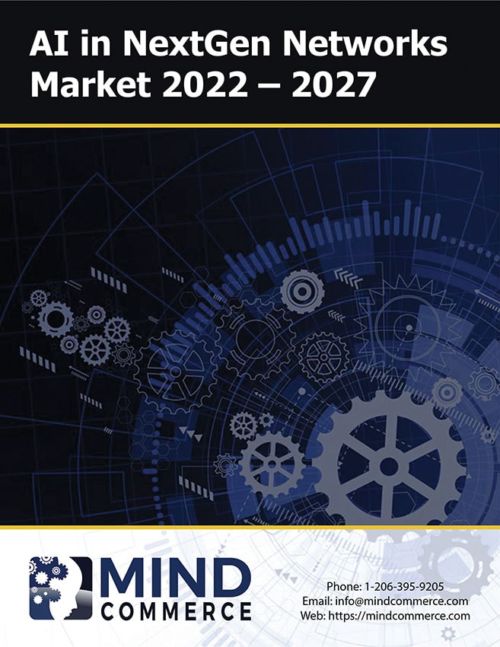

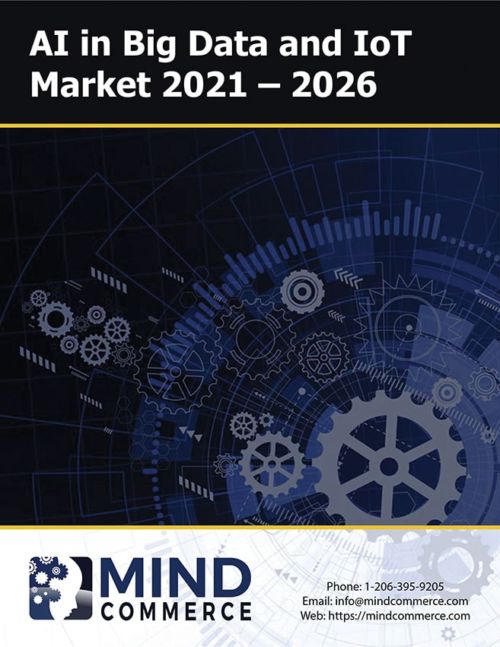
 However, there is a synergistic effect of tying together individual functional areas into an Integrated Workplace Management System (IWMS) as a combined system approach provides common control and visibility into how one subsystem’s operation affects another.
However, there is a synergistic effect of tying together individual functional areas into an Integrated Workplace Management System (IWMS) as a combined system approach provides common control and visibility into how one subsystem’s operation affects another. Intelligent residential dwellings include apartments, attached and detached homes that have reliable, high-speed internet access and equipped with IoT enabled devices. Apps and services range from programmable control of HVAC and lighting to security and entertainment.
Intelligent residential dwellings include apartments, attached and detached homes that have reliable, high-speed internet access and equipped with IoT enabled devices. Apps and services range from programmable control of HVAC and lighting to security and entertainment. A dominant global trend is migration to cities with urban population reaching approximately five billion people worldwide by 2030. With this many people living in a concentrated area, there is a need for highly efficient systems to support essential systems including food, water, sanitation, transportation, energy, living, and working facilities.
A dominant global trend is migration to cities with urban population reaching approximately five billion people worldwide by 2030. With this many people living in a concentrated area, there is a need for highly efficient systems to support essential systems including food, water, sanitation, transportation, energy, living, and working facilities. It is important to consider the impact on various industries and individual companies. For example, IoT in Agriculture is causing a shift from traditional farm management personnel and tools towards a software-managed operation that is managed by people unskilled in traditional farming practices.
It is important to consider the impact on various industries and individual companies. For example, IoT in Agriculture is causing a shift from traditional farm management personnel and tools towards a software-managed operation that is managed by people unskilled in traditional farming practices.